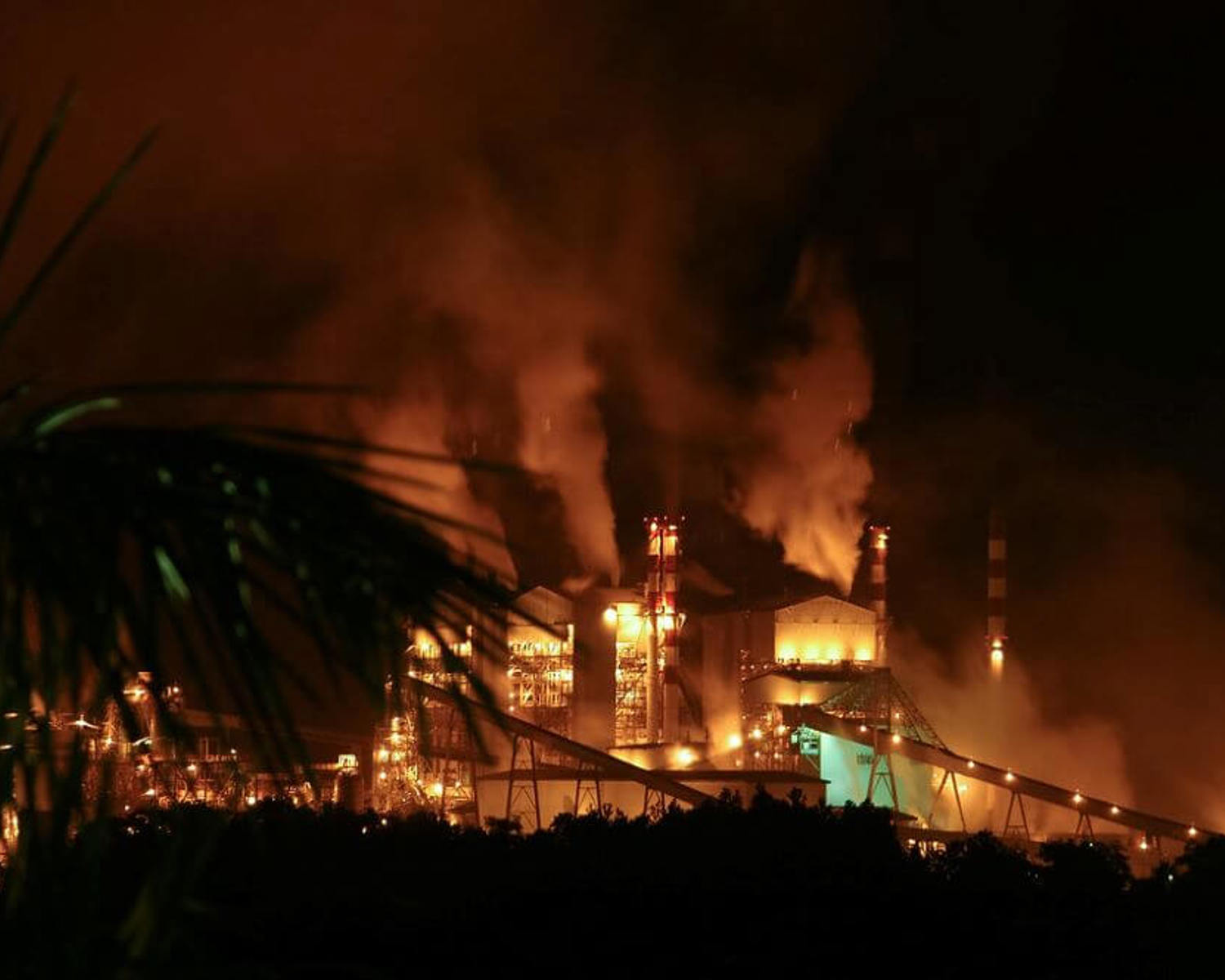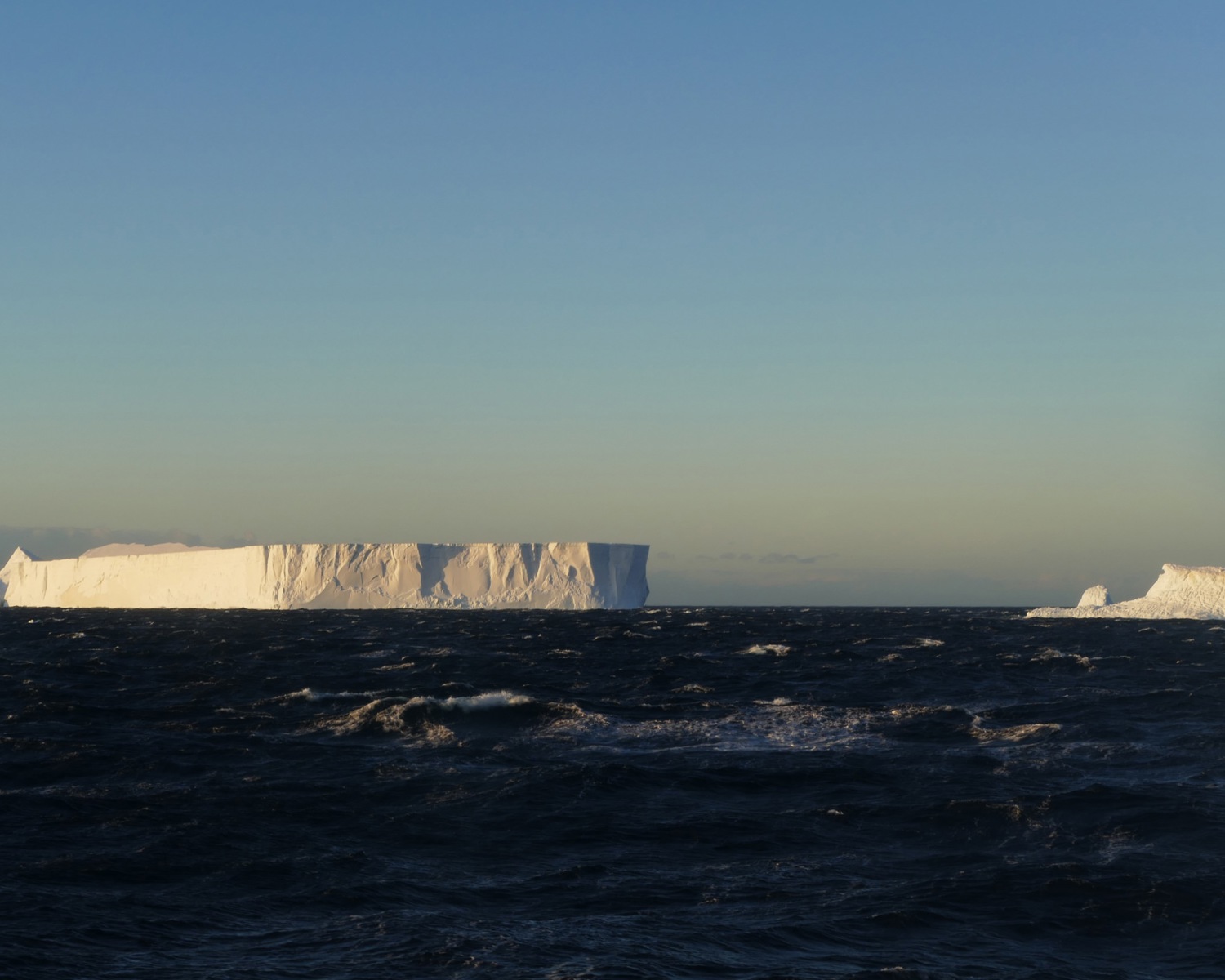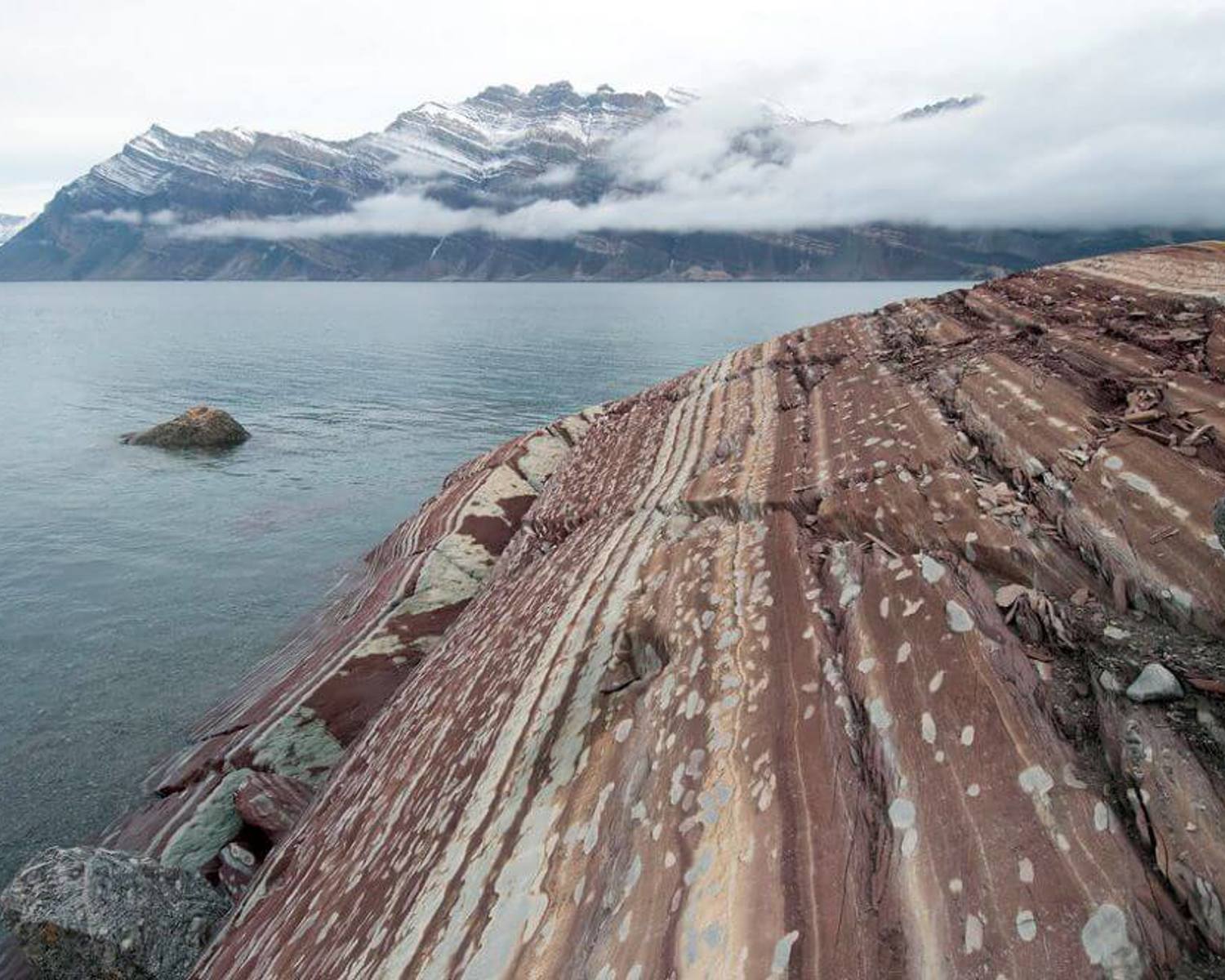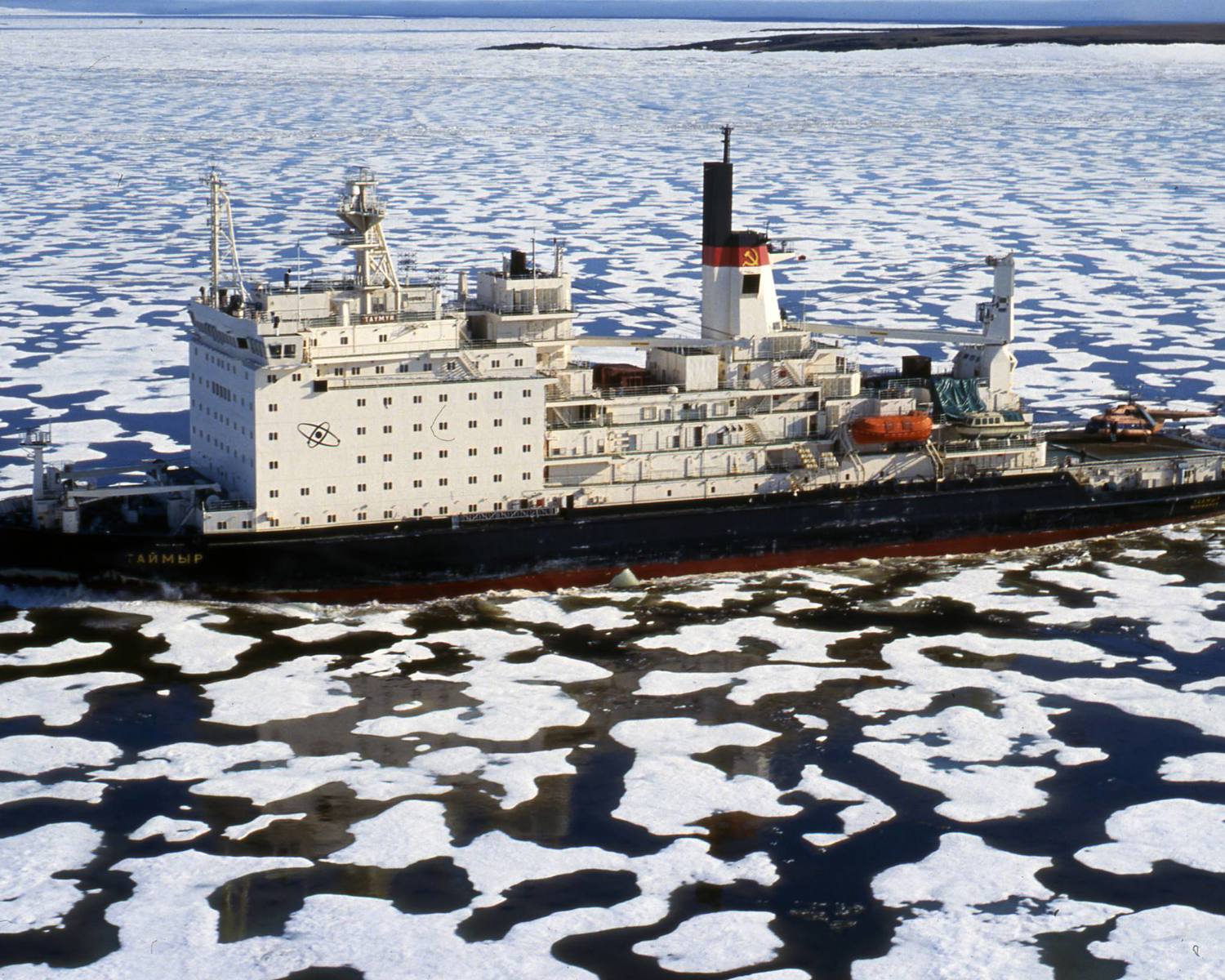Ice sheet stabilization by draining water or bed freezing
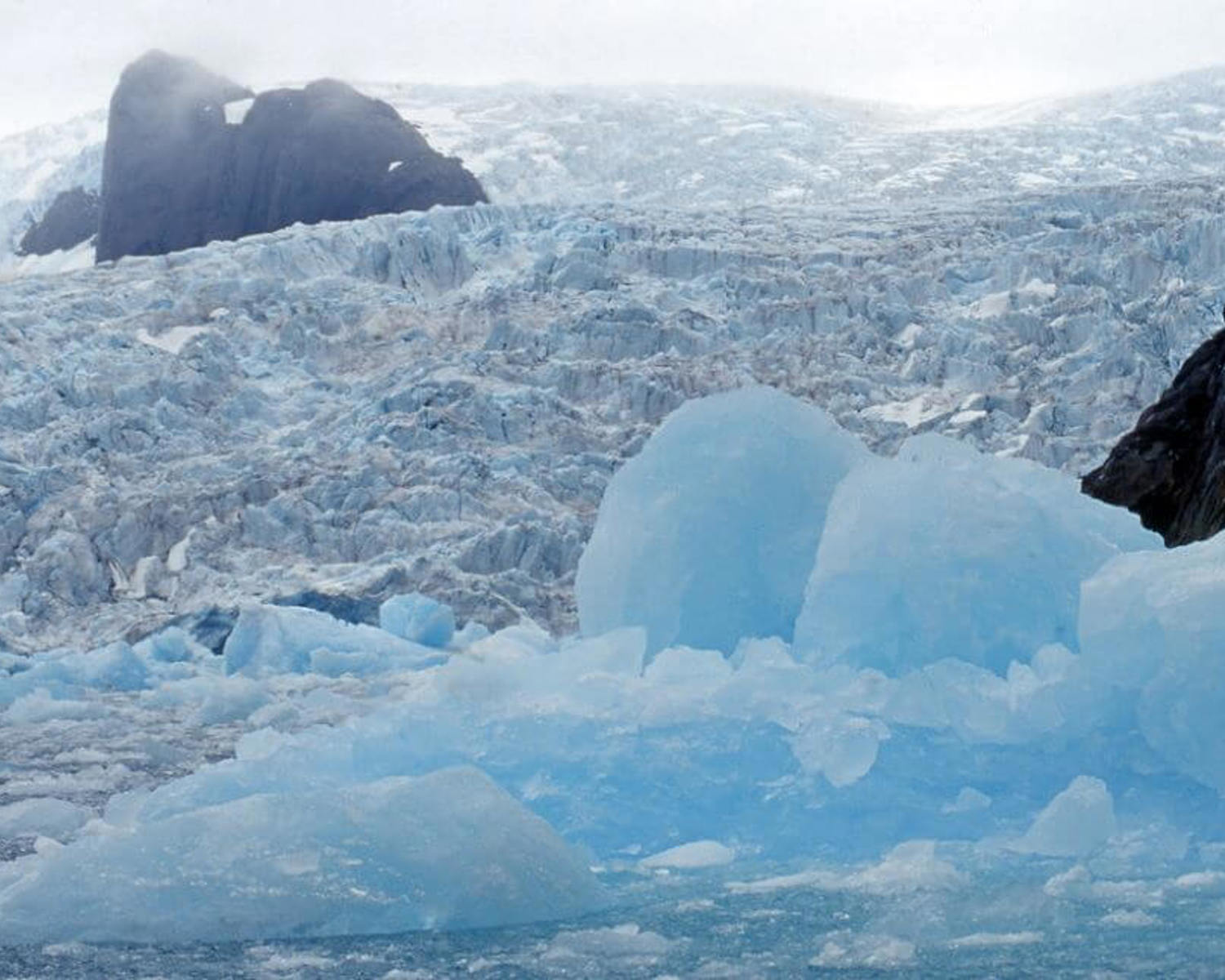
It has been suggested that ice sheets could be stabilized by reducing the lubrication effect of water below the ice sheet.
It has been suggested that ice sheets could be stabilized by reducing the lubrication effect of water below the ice sheet. This is known to occur naturally and could be done artificially by either pumping the water out or attempting to freeze it (Wolovick and Moore 2018; Lockley et al. 2020). To freeze water, the water at the base would need to be cooled. Lockley et al. (2020) suggest this might be done through thermosyphons (see Enhancing permafrost refreezing with air pipes and Thermosyphon technologies) or refrigerants like liquid CO2 which might be captured relatively efficiently in the colder Antarctic climate (see Antarctic CO2 Capture).
Analysis overview

Technological Readiness Level (TRL)
Low 1
Technological Readiness Level (TRL)
A technology with a TRL of 1-3: TRL 1 – Basic; TRL 2 – Concept formulated; TRL 3 – Experimental proof of concept

Scalability
Low 1
Scalability
Physically unable to scale; sub-linear/logarithmic efficiency of scalability

Timeliness for near-future effects
Low 1
Timeliness for near-future effects
Implemented too late to make a significant difference

Northern + Arctic potential
Low 1
Northern + Arctic potential
No noticeable extra positive effect beyond the global average; technology is unsuited to the Arctic

Global potential
Low 1

Cost - benefit
Prohibitive 1
Cost - benefit
Cost of investment comparable to cost of avoided damage

Environmental risks
Some risk 2
Environmental risks
More widespread and possibly regional impacts that extend beyond the immediate solution deployment location

Community impacts
Neutral 2
Community impacts
Unnoticeable or negligible positive or negative effects

Ease of reversibility
Easy 3
The holes would likely freeze if discontinued.
Ease of reversibility
Easily reversible naturally

Risk of termination shock
Low risk 3
Risk of termination shock
Low or insignificant termination shock or damage

Legality/governance
Challenging 2
Legality/governance
Fits within existing structures to a certain degree, but some policy changes are needed to deploy at scale

Scientific/media attention
Low 1
Scientific/media attention
Very low attention from individuals and/or abandoned ideas; low media attention; no commercial interest.
References
Corbett, C. R. & Parson, E. A. (2022). Radical climate adaptation in Antarctica. Ecology LQ, 49, 77. https://doi.org/10.15779/Z38BG2HB68
ICCI, 2022. State of the Cryosphere 2022 – Growing Losses, Global Impacts. International Cryosphere Climate Initiative (ICCI), Stockholm, Sweden. 60 pp. https://iccinet.org/statecryo22/
Lockley, A., Wolovick, M., Keefer, B., Gladstone, R., Zhao, L. Y., & Moore, J. C. (2020). Glacier geoengineering to address sea-level rise: A geotechnical approach. Advances in Climate Change Research, 11(4), 401-414. https://doi.org/10.1016/j.accre.2020.11.008
Wolovick, M. J., & Moore, J. C. (2018). Stopping the flood: could we use targeted geoengineering to mitigate sea level rise?. The Cryosphere, 12(9), 2955-2967. https://doi.org/10.5194/tc-12-2955-2018


